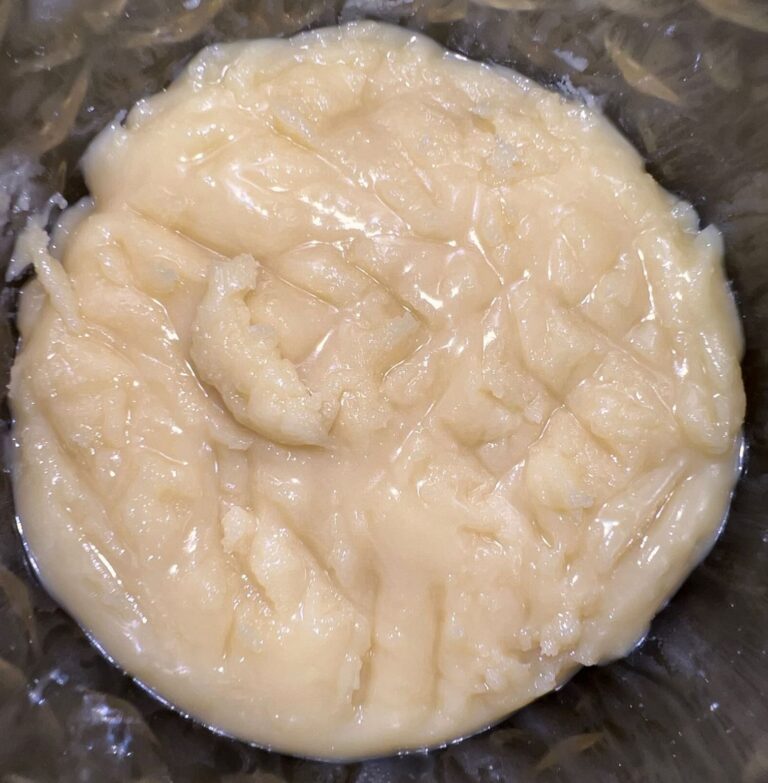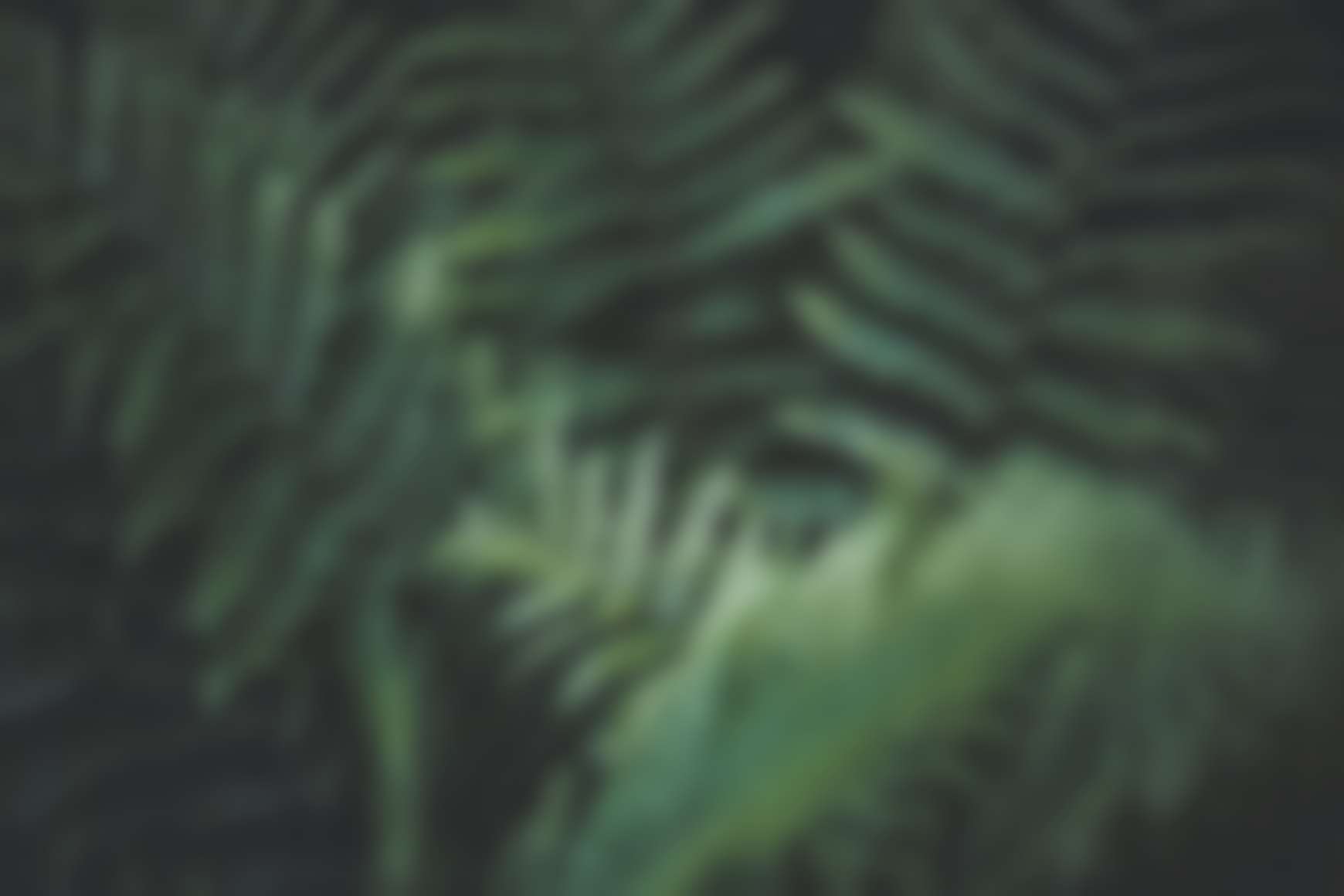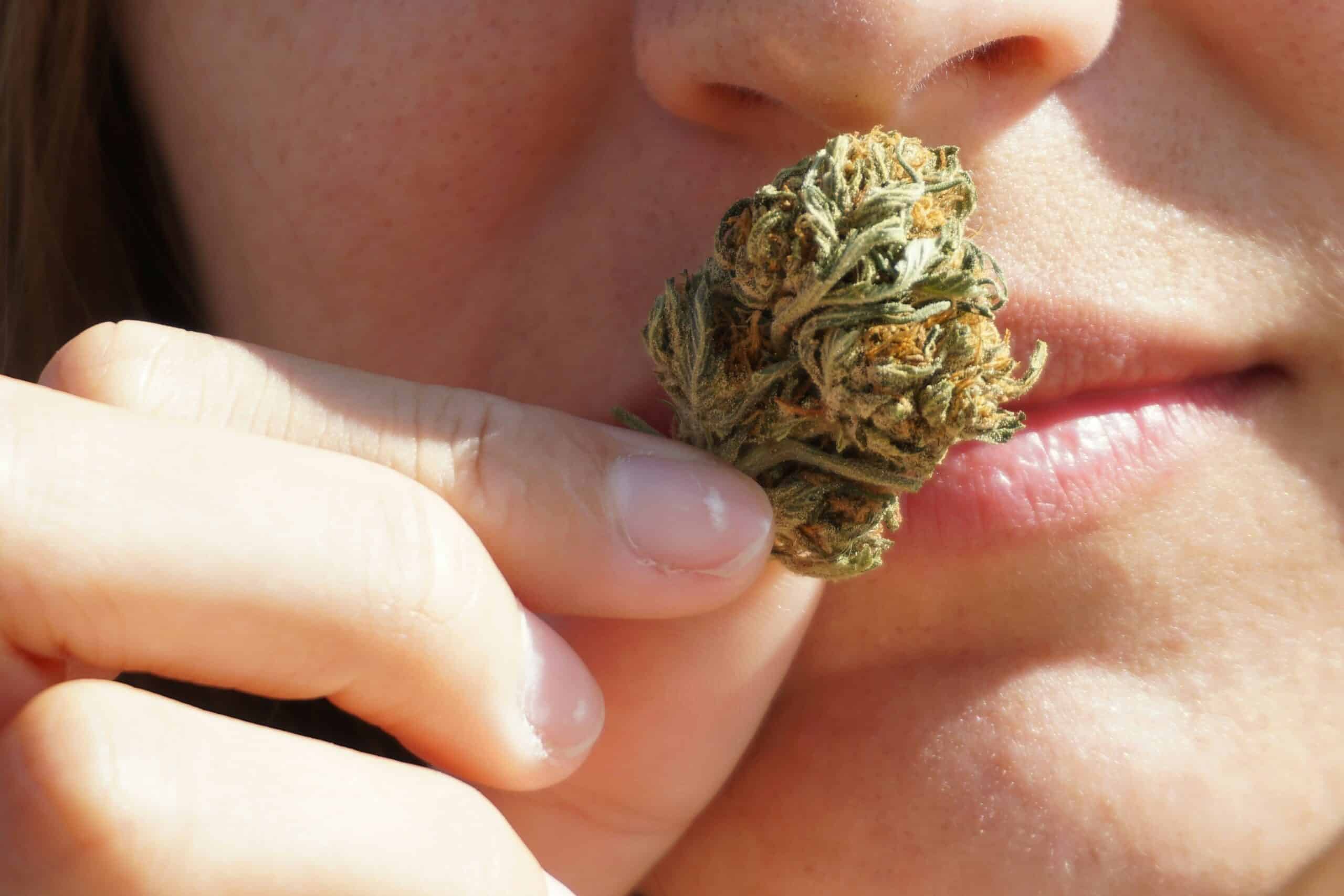
Posted on March 6th, 2024 to History
At this stage of the regulated (and unregulated) cannabis economy, 99% of the available strains are hybrids. Of course there are lots of hybrid strains that are just as cerebral as a “pure sativa,” or just as sedative as a “pure indica,” but the original, naturally occurring indica and sativa cultivars—known as landrace strains—are nearly impossible to find at dispensaries these days.
Where Have All The Landraces Gone?
There are several reasons why landrace strains are almost non-existent at dispensaries, and these are just a few…
1. THC Content
Back before compulsory lab testing, patients & consumers were more open minded about trying different strains, but the presence of THC test results for modern dispensary weed has made it so a considerable proportion of customers won’t even consider smoking something that tests below a certain number. Today’s cultivars typically range from 20% to 30% THC, compared to landrace strains that often test below 12% THC, so many customers incorrectly assume that they won’t enjoy the effect of landrace strains (or anything that tests low), opting for something with “more bang for your buck.” This subject can and should be an article all on its own, though there have been hundreds of articles written in the past decade about why THC percentages are an unreliable indicator of a strain’s effect or quality. The point here is that landrace strains historically don’t sell well at dispensaries because of their low numbers.
2. Appearance
The overall appearance of cannabis flower has come a long way over the last 25 years or so, and we’re spoiled to have so many options with vivid colors, dense bud structure, and visible trichome development; This is all the result of decades of selective breeding. By comparison, landrace strains often look kind of ugly. Even if a budtender swears that X landrace strain has a great effect and is the best strain they have in the shop, most customers would rather pick something that looks pretty, especially if they’re going to be smoking with friends later.
3. Hype
The 2010’s gave rise to a new form of marketing that placed a heavy emphasis on hype, virality, and status (think Supreme), and this was around the same time that states began legalizing cannabis sales. As a result, consumers have become accustomed to seeing influential cannabis breeders on Instagram hyping up a hot new strain every week, so the cannabis industry has become more like the fashion industry in the sense that influential companies dictate to consumers what’s “in” or “out” this season. Hypebeast culture has consumed the weed industry, so older strains fall out of favor because they’re not new and exciting. We’re sleeping on so many tried and true strains that have been enjoyed for decades.
4. Flavor
Landrace strains almost always taste like a plant, whether that means earthy, herbaceous, or floral. Again, it took decades of selective breeding to get to the point where customers can specifically request weed that tastes like blueberries, citrus fruits, candy, gasoline, or a noxious chemical fire. With such a variety of flavors, it’s understandable that many consumers prefer weed that doesn’t taste too much like a plant.
5. Limited Canopy Space
Licensed cannabis producers are well aware of how the aforementioned factors affect the sales of their products. These growers are already subject to heavy operating expenses, substantial tax burdens, and razor thin margins, and they have to take all this into account when they’re making decisions about what to grow in their limited canopy space. Consider the fact that every producer is in this situation, and it’s easy to understand why hardly anyone grows landrace strains for the recreational market.
So what are we missing out on? Aside from some really good weed, we’ve nearly lost the sense of culture that came from enjoying landrace strains. I don’t just mean cannabis culture, I mean human culture, as landrace cultivars represent the fact that cannabis is an international treasure as well as a cross-cultural unifier.
Landrace Sativa Strains
Durban Poison
One of very few landrace strains that’s still popular and generally accessible at Washington dispensaries, Durban Poison (also known as Durban) is a pure sativa strain that originated in South Africa. Well known for its uplifting and energetic effect—as one would expect for an original sativa strain— Durban Poison has a sweet and slightly floral flavor, and was propagated after Ed Rosenthal smuggled seeds back to the States and stabilized the plant. Durban Poison is also known to have high levels of THCV, a rare cannabinoid that suppresses appetite and has an almost psychedelic effect.
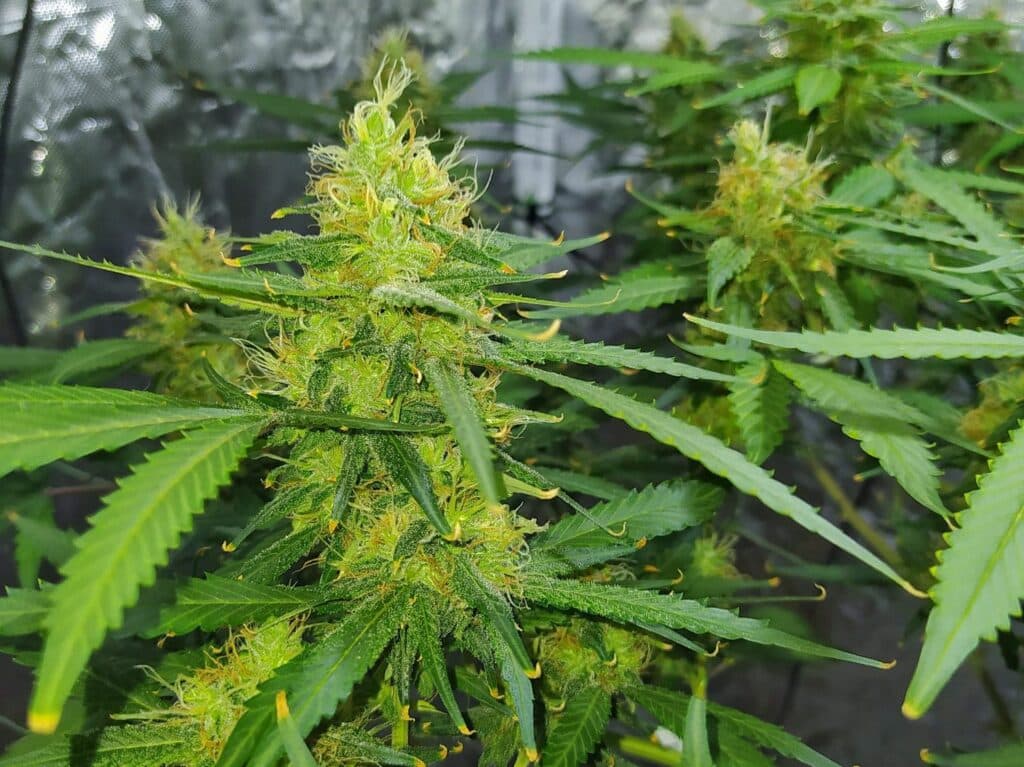
Acapulco Gold
Legendary among those who partook during the 60’s counterculture movement, Acapulco Gold (also known as Mexican sativa) is a euphoric but strangely relaxing landrace sativa that originated in Mexico. The “gold” moniker came about due to the strain’s color at the time, as the strain grew outdoors under the hot Mexican sun and took light damage that washed out the buds’ appearance; by the time it reached the United States, age and poor storage led the herb to take on a distinctive gold coloration.
An interesting fact about Acapulco Gold is that it was imported into the States by concert promoter Gary Tovar, and its sales funded Goldenvoice and the early days of live punk rock music in the 1980’s.
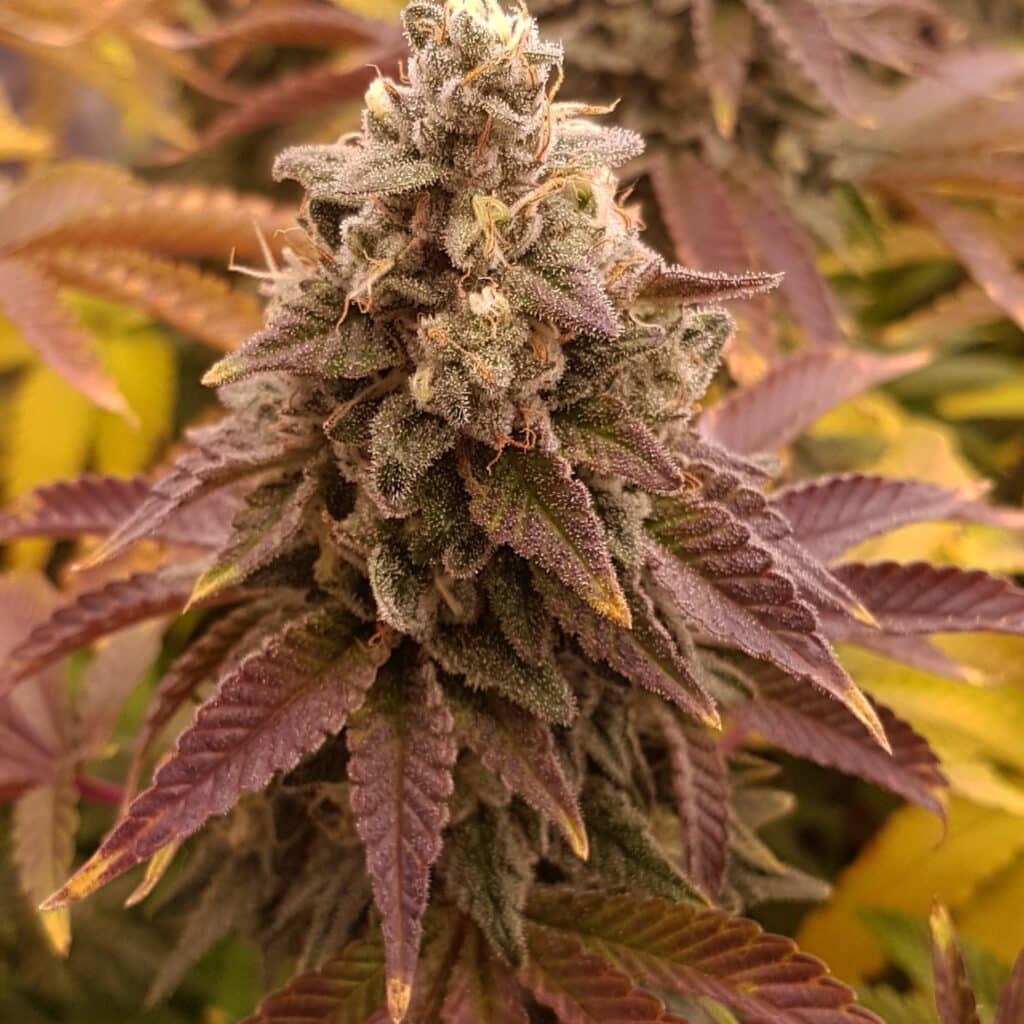
Ethiopian
An earthy and woody tasting sativa with a musky undertone, Ethiopian is an African landrace sativa that was stabilized and propagated by ACE Seeds. A subtropical classic, this strain is naturally resistant to harsh conditions including heat, wind, moisture, and mold, and is best known for its incredibly focused and social effects. Some go as far as to say that Ethiopian doesn’t induce paranoia, though I strongly advise that people who are predisposed to anxiety or paranoia steer clear of this strain. While it is very uncommon to find standalone Ethiopian on dispensary shelves, it’s more prevalent as a cross, such as Plaid Jacket’s popular Ethiopian Sky Cuddler strain.

Hawaiian/ Maui Wowie
Unfortunately many of Hawaii’s landrace strains have been lost to time [as well as the DEA]. Though Maui Wowie is technically a cross of Hawaiian landrace sativa and some mystery strain from the mainland US, Maui is still widely referred to as a landrace sativa by cannabis aficionados, even though it’s actually a hybrid. A soothing and energetic sativa strain that’s been beloved for decades, Maui Wowie has has the scrumptious tropical flavor you’d expect from Hawaiian weed.
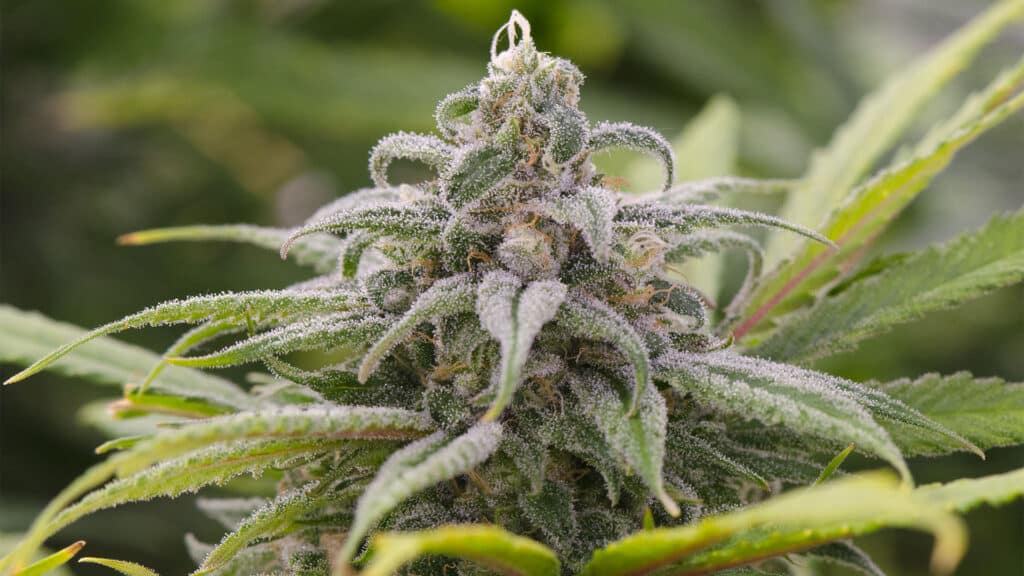
Lamb’s Bread
(Sometimes Called “Lamb’s Breath” or “Lambsbread”)
World famous among stoners for allegedly being Bob Marley’s favorite strain, Lamb’s Bread is a sweet but pungent landrace sativa that’s indigenous to Jamaica. Described as being a cerebral and uplifting sativa, fans of Lamb’s Bread have no delusions about its potency and warn others to go easy lest they experience feelings of anxiety and paranoia.
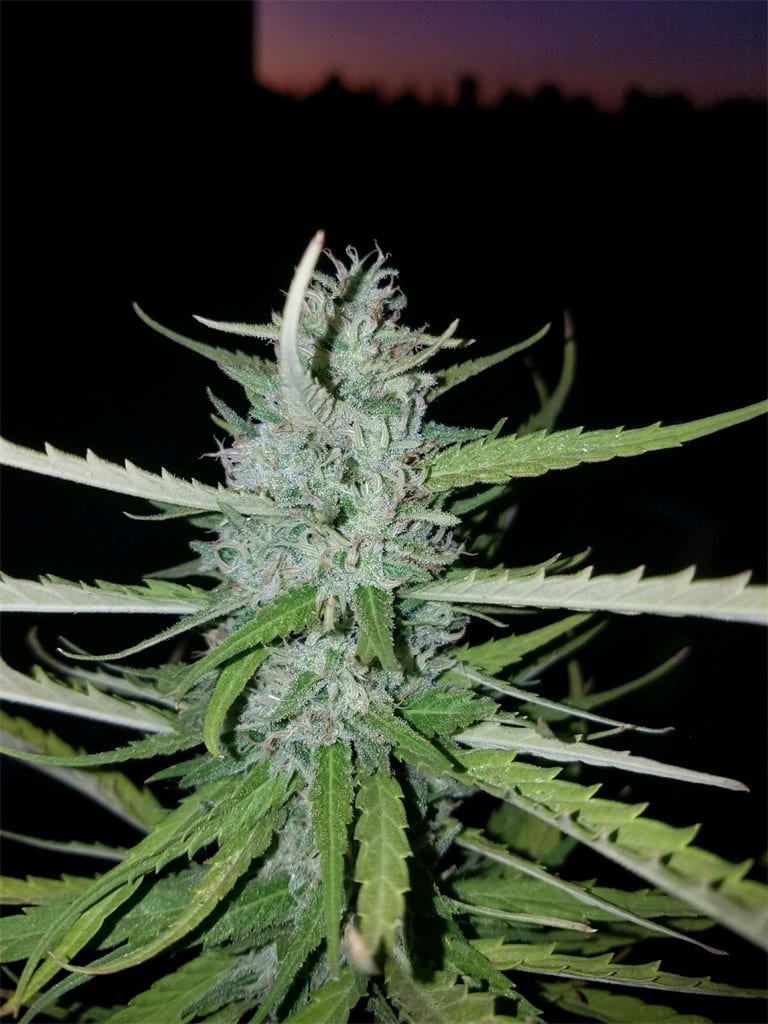
Nepalese
A resinous landrace sativa with unique “indica like” characteristics, Nepalese has traditionally been grown for hashish production, and Nepali charas is considered to be some of the best hash available. Nepalese has more of a balanced effect than the previously mentioned landrace sativas, and it is somewhat reminiscent of modern day GG4 (formerly known as Gorilla Glue) in that it causes users to have racing thoughts while they’re stuck to their seat.
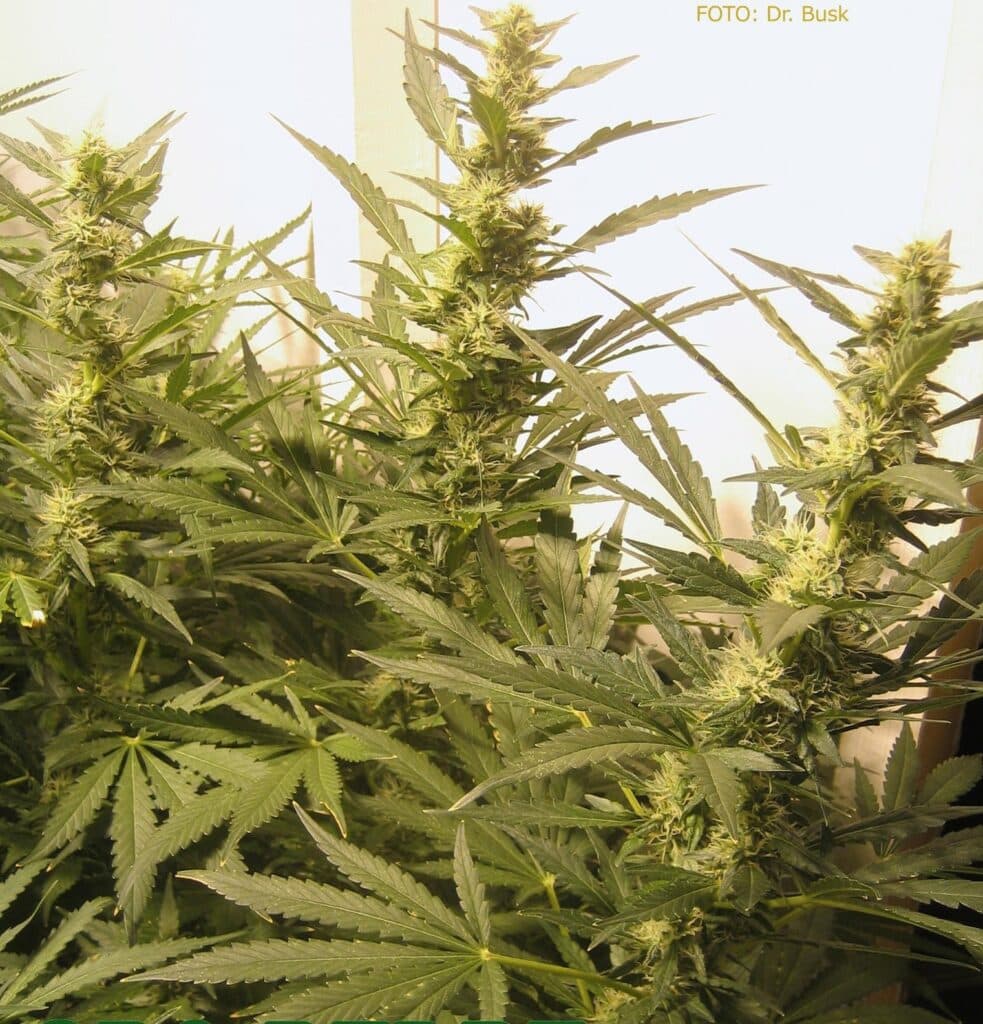
Some other notable landrace sativas that are worth seeking out include Thai, Colombian Gold, Nigerian, and Panama Red.
Landrace Indica Strains
Hindu Kush
Named after the Hindu Kush mountain range from which it originates (spanning Afghanistan and Pakistan), Hindu Kush is a legendary landrace indica that has calming effects which border on soporific. This strain has a distinctive aroma rivaled only by its unique flavor, which tastes something like herbal tea with notes of mint and spice. Enjoyed by the region’s hash makers for centuries, Hindu Kush is considered to be the backbone of modern cannabis hybrids, and was originally brought to the United States in the form of seeds around the 1960’s or 70’s.
In case you’re wondering, neither OG Kush nor its 982392565258957 descendants contain genetics from Hindu Kush; original breeder Matt “Bubba” Berger has confirmed multiple times that him and Josh D arbitrarily named their classic strain “kush,” but would have chosen a different name if they had more information available to them at the time.
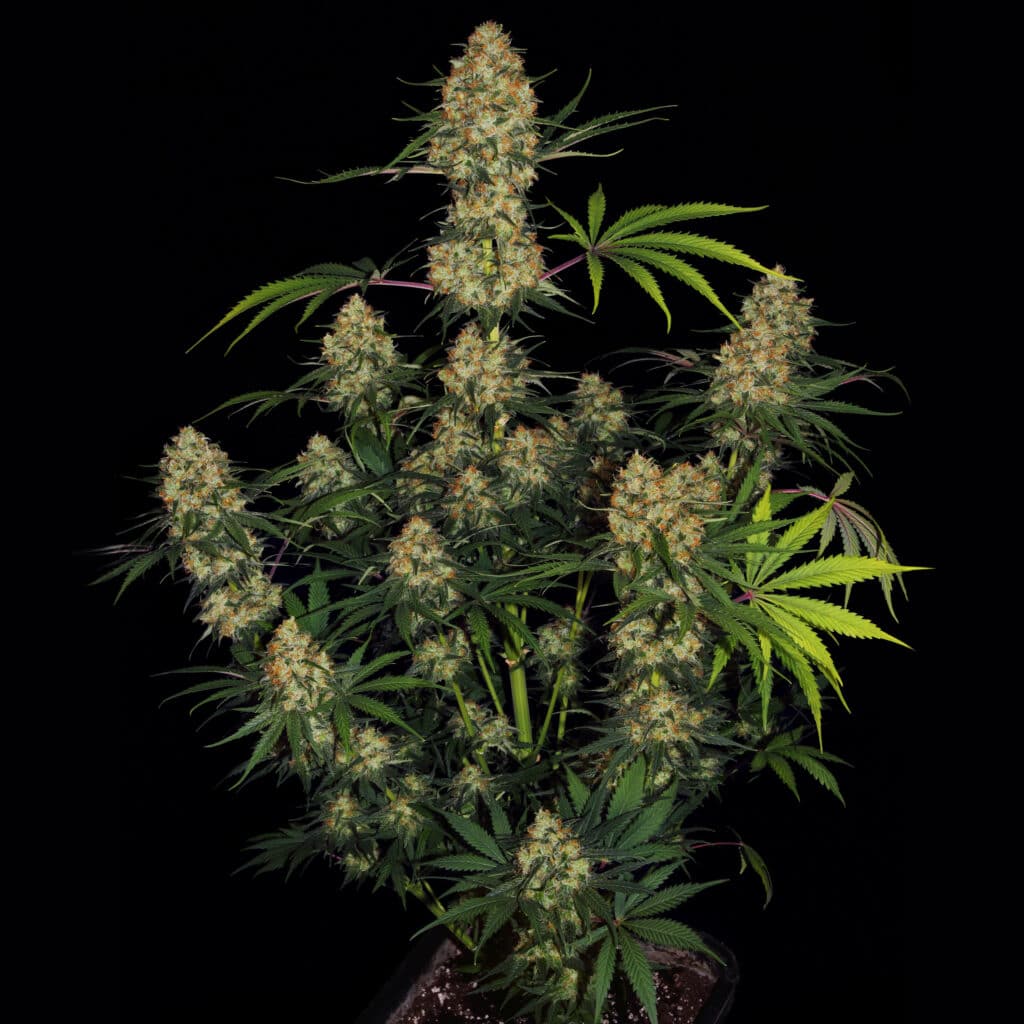
Afghani/ Alien Technology
Believed to be one of the oldest and most influential cannabis strains in history, Afghani is an incredibly heavy and potent landrace indica strain with an earthy, somewhat floral flavor that tastes similar to hash. If you’re an indica fan, it doesn’t get much better than Afghani. Originally cultivated for its impressive resin production, Afghani is an ideal strain for producing hashish, and it’s believed to have been smuggled out of Afghanistan prior to the Soviet invasion in the 1970’s.
Another landrace strain from Afghanistan that’s worth mentioning is Alien Technology (most likely a phenotype of Afghani), which is a slightly more balanced landrace strain whose flavor has notes of hash and fuel. Though the strain is shrouded in mystery, the commonly accepted origin story is that an American soldier stationed in Afghanistan returned home with a handful of cannabis seeds, and breeder OBSoul33t grew Alien Tech from one of those seeds. These days it’s more common to see “alien” strains featuring these genetics, including Alien Dawg and Alien Kush.
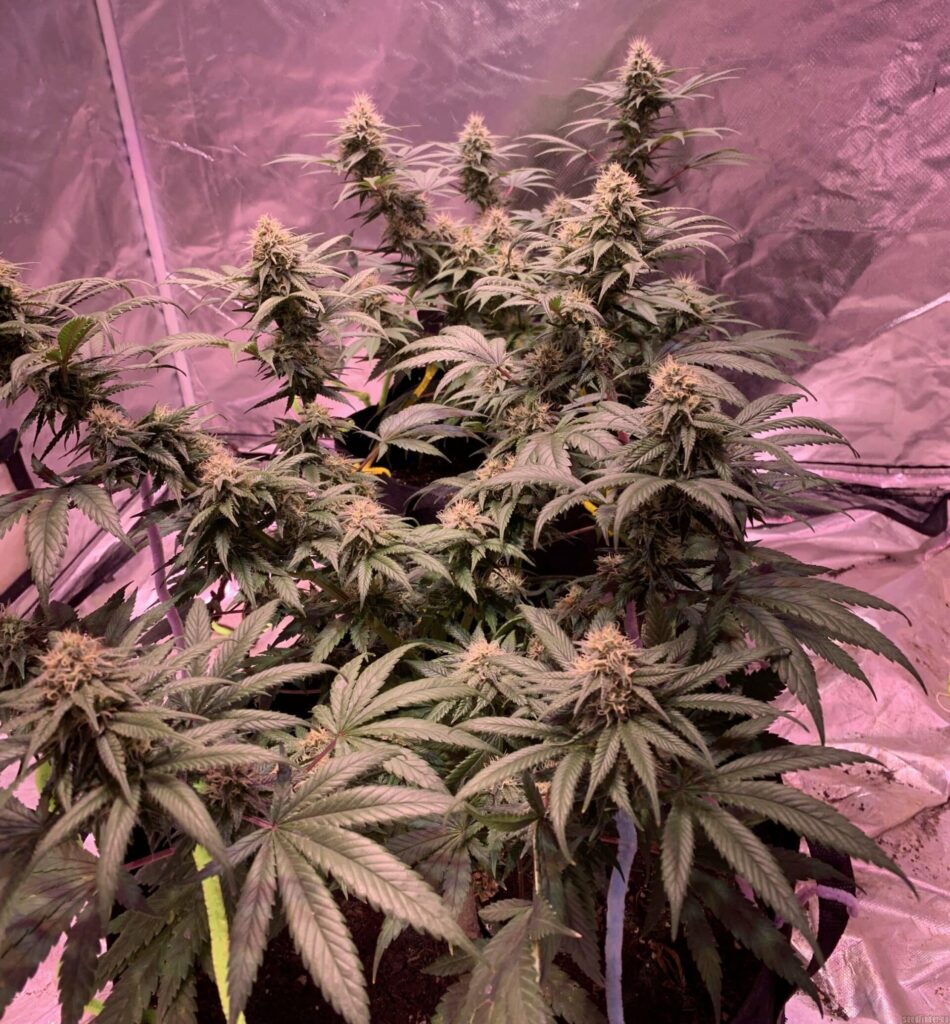
Pakistani Chitral
Similar to its cousins that originated in the same region, Pakistani Chitral is another resinous landrace indica that has been used for hashish production for generations. With more of a mellow effect compared to the other landrace indica strains, Pakistani Chitral is considered to be “more functional,” and is distinctive for its slightly fruity flavor and colorful buds. Unfortunately you don’t see this strain very often in Washington dispensaries, and the last time it crossed my path (4 years ago) it had been renamed to “Happy Valley” by a local producer.
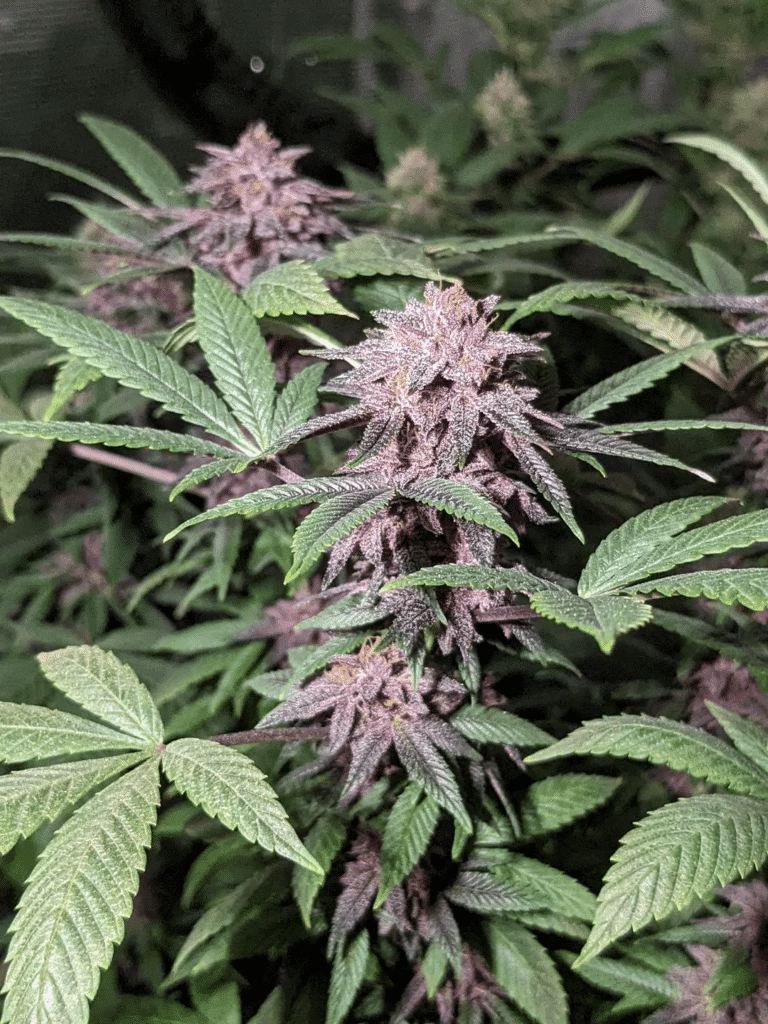
Other notable landrace indica strains worth seeking out include Mazar and Lebanese Red.
Thanks for taking the time to learn about landrace strains with us! We hope you learned something new, and that this article gave you a new appreciation for the original cannabis strains. Like we mentioned up front, it’s hard to get a hold of these cultivars at your local dispensary, but we continuously make the effort to supply our customers and patients with these strains any time they’re available to us.
About the Author
Ramsey Doudar has continuously worked in Washington’s cannabis industry for over 10 years, holding various positions that ranged from marketing strategist to inventory manager. He serves as the Marketing & Communications Coordinator for 210 Cannabis Co, and is also the founding member of a cannabis consumer advocacy group.
© 2024 210 Cannabis Co. All rights reserved.
Site by CannaPlanners
